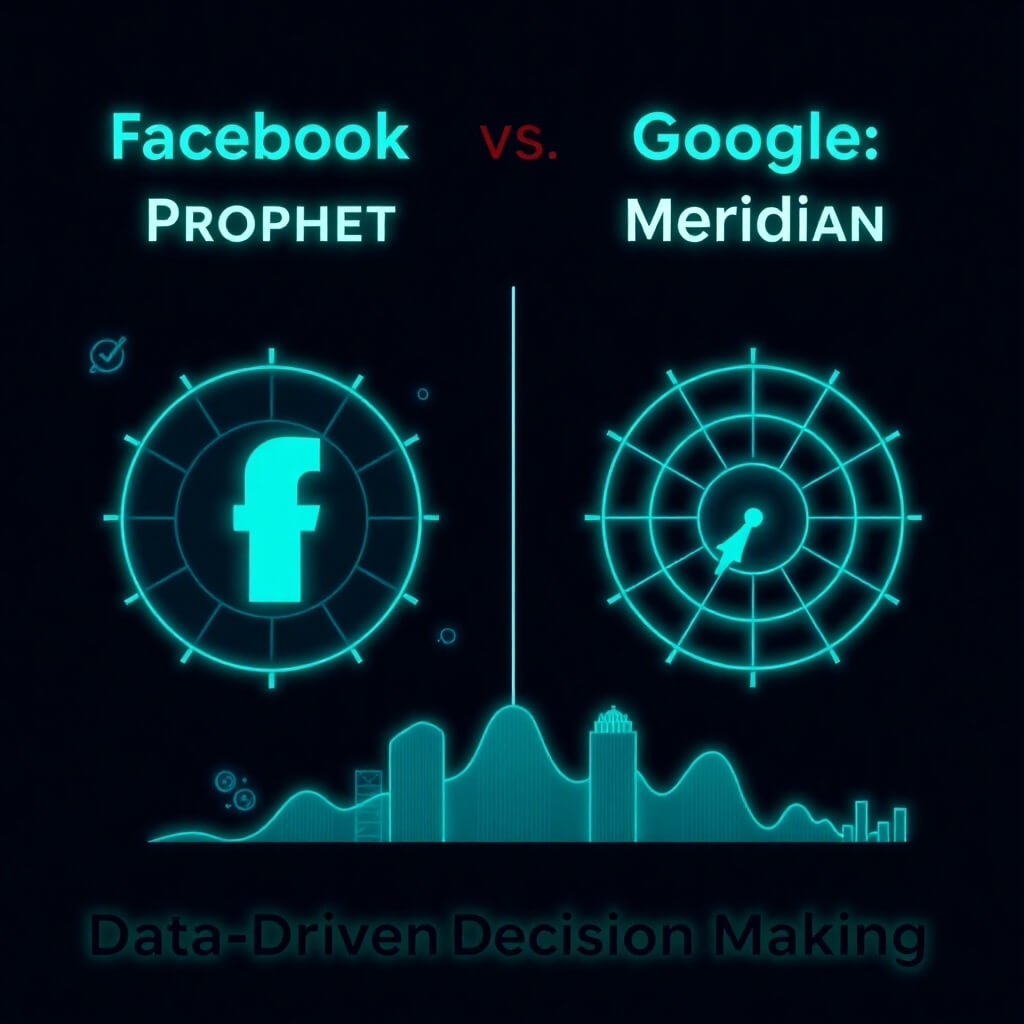To offer the ability to better control what information is being shared about their personal online activity and experience, Firefox is now providing users with a better understanding of how their information is shared and obtained online. With the new “Do Not Track” efforts, it allows users to maintain control over online behavioral advertising (OBA).
The newest feature to address this control is a browser that has the ability to set a preference for users to express their desire to opt-out of receiving third-party targeted ads. Within these preferences, users can transmit the Do Not Track HTTP header to alert websites that they have chosen not to receive OBA once this setting has been enabled.
This HTTP header appears at the top of the site and is expected to be a better approach over cookies or blacklists because it is clearer and more universal. Because this header-style is easier to locate for users, it is also more persistent than cookies and avoids having users find and load lists of ad networks and advertisers to work properly. In addition, the FTC has agreed that there should be a more standardized format for online behavioral advertising.
Currently, the only obstacle with this feature is that both the browser and the website have to implement it in order for it to work successfully. However, the proposal is in the works, and Firefox has taken the first crucial steps.
With this new HTTP header available for users, it offers them the ability to gain back control over their entire web experience. As these features become adopted by browsers and websites, users can have their personal online experience without the interruption or invasion of privacy that some feel come along with OBA.






